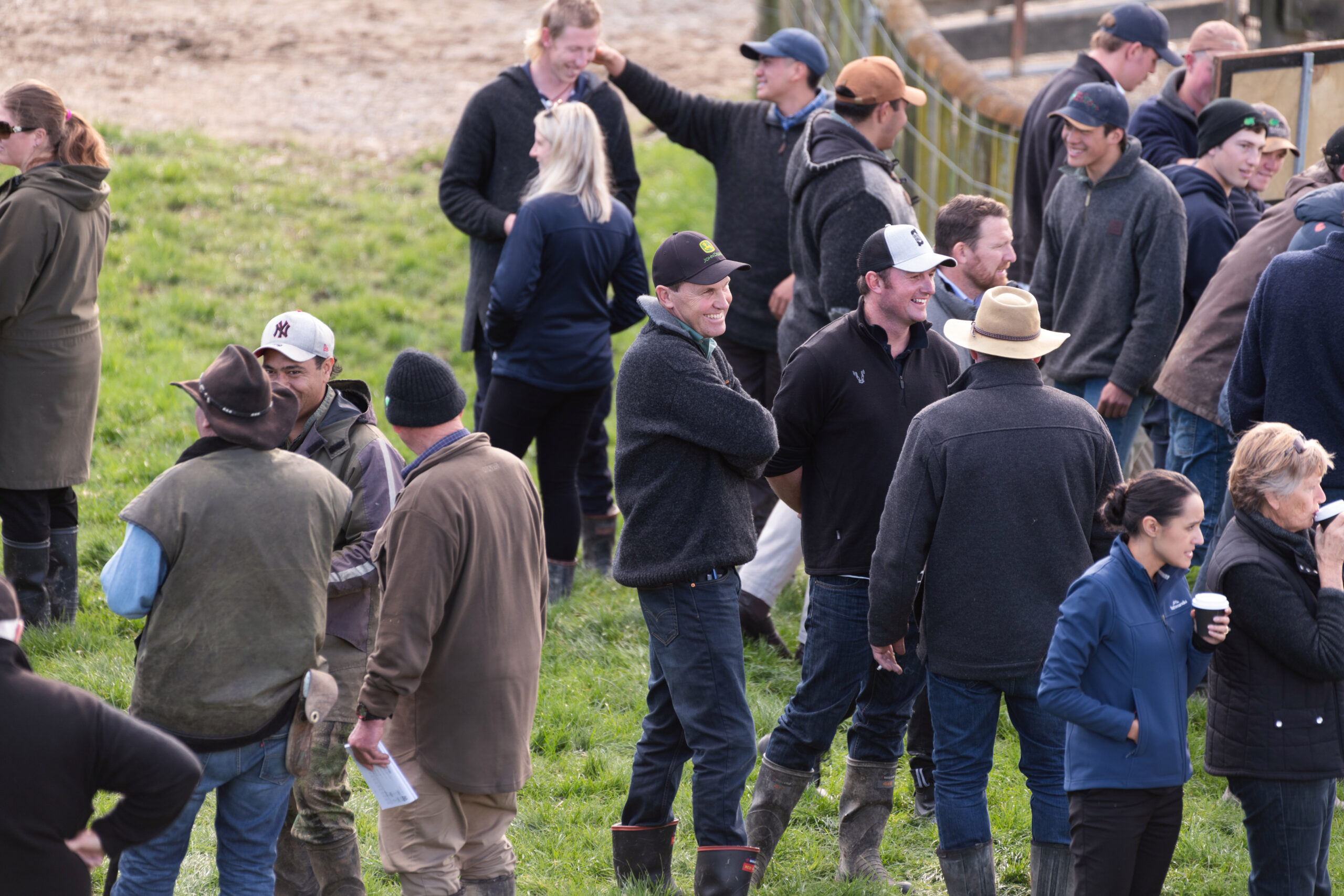In 2019, the primary sector, iwi and Government agreed to work together to establish a regulatory framework that measured, managed, and reduced on-farm agriculture greenhouse gas emissions.

The framework, He Waka Eke Noa – Primary Sector Climate Action Partnership, was developed in response to the Government’s intention at the time to bring agriculture into the Emissions Trading Scheme (ETS) and price agricultural greenhouse gas emissions.
“While B+LNZ and our partners would prefer there was no pricing of agricultural emissions, the Government has made it clear that it will price emissions in some way,” says Beef + Lamb New Zealand (B+LNZ) chief executive Sam McIvor.
“He Waka Eke Noa is a world-first and is designed to empower farmers and growers through a farm-level, split-gas levy approach with built-in incentives to reduce emissions and sequester carbon, starting from 2025.”
If B+LNZ and its partners fail to convince the Government that the He Waka Eke Noa alternative is credible, the sector will pay the price of being included in the ETS, as the legislation is already in place.
“We are acutely aware of the potential financial impact on farmers and we understand farmers’ concerns about He Waka Eke Noa,” says McIvor.
“This is a complex issue with significant implications and it’s important that we listen and talk with all our farmers and ensure they fully understand what’s proposed.”
The ETS is a blunt instrument and isn’t suitable for the agricultural sector, he says.
“The ETS would be a very bad outcome for farmers. We would lose the split gas methane target, effectively facing a net zero target for methane, and the methane price would be linked to the soaring carbon price.
“We also wouldn’t have access to the additional sequestration in He Waka Eke Noa or payments to farmers for using technologies that reduce their emission like low methane sheep.
“Being outside of the ETS also offers the chance to refine He Waka Eke Noa over time as new science, technologies and mitigation tools become available.”
McIvor acknowledges that all He Waka Eke Noa partners had to make compromises to achieve a fair and equitable pricing framework that works across the entire sector, but there are some deal-breakers.
“We pushed for a cautious approach to pricing, for as much sequestration to be recognised as possible, and for potential levy relief where no mitigation options are available, and sequestration is limited.
“Sequestration is a deal-breaker. If that were to be carved off, this would fundamentally change He Waka Eke Noa and we’d need to reconsider our involvement. It’s that simple.”
B+LNZ is also continuing to lobby the Government for more research into how much carbon is being sequestered by native vegetation and soil and any findings could be incorporated into the He Waka Eke Noa pricing system.
McIvor says it is now up to the Government to decide whether it will accept He Waka Eke Noa recommendations.
“Any policy process involving an entire sector and central Government inevitably takes time, but we’re working hard to get the best possible outcome for farmers, and we think we can achieve this through He Waka Eke Noa.”
Outside of HWEN, B+LNZ is also urging the Government to review the unfairly high methane reduction targets in legislation, currently a 10 percent reduction by 2030 and a reduction of between 24-47 percent by 2050.
The target for carbon dioxide is net zero (or no additional warming) by 2050. Based on the latest science, an equivalent target for methane to contribute no additional warming would be a 10 percent reduction by 2050.
“We’re urging the Government to report on warming as well as emissions and to ensure the legislated review of these targets in 2024 uses the latest science – that means using appropriate metrics such as GWP*.
“Biogenic methane has been stable or reducing in New Zealand since 2001, and the science in the recent IPCC report makes it clear that the way we currently report on emissions, using GWP100, is inaccurate in terms of methane’s contribution to climate change.
“That’s why we’re asking for the Government to report on warming as well as emissions, to build understanding of the different impact gases are having on climate change – and for the Government to advocate internationally for the use of more appropriate metrics such as GWP*.”

